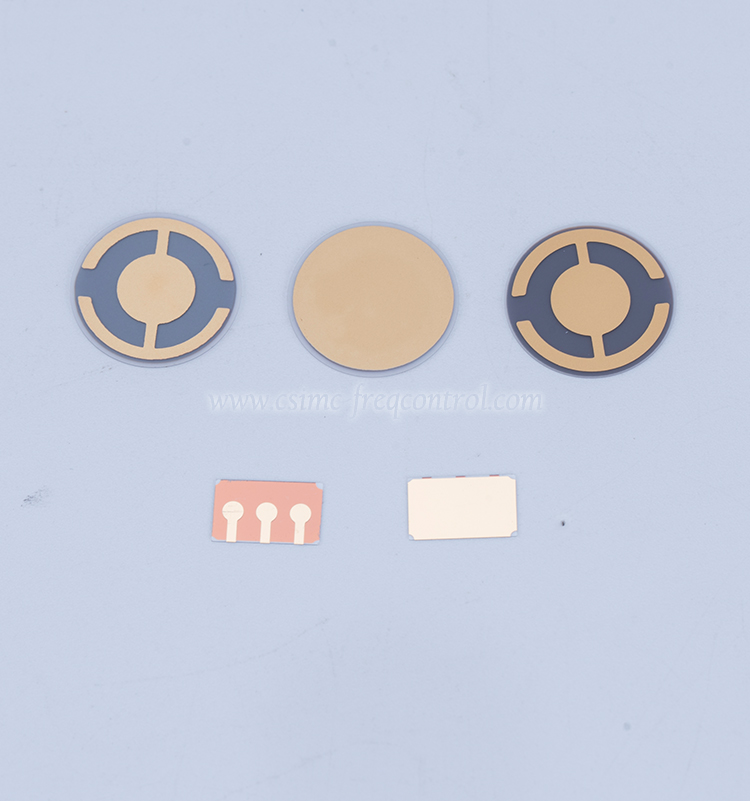A successful bio sensor must possess at least some of the following beneficial features:
1.The biocatalyst must be highly specific for the purpose of the analyses, be stable under normal storage conditions and, except in the case of colorimetric enzyme strips and dipsticks (see later), show good stability over a large number of assays (i.e. much greater than 100).
2.The reaction should be as independent of such physical parameters as stirring, pH and temperature as is manageable. This would allow the analysis of samples with minimal pre-treatment. If the reaction involves cofactors or coenzymes these should, preferably, also be co-immobilised with the enzyme (see Chapter 8).
3.The response should be accurate, precise, reproducible and linear over the useful analytical range, without dilution or concentration. It should also be free from electrical noise.
4.If the biosensor is to be used for invasive monitoring in clinical situations, the probe must be tiny and biocompatible, having no toxic or antigenic effects. If it is to be used in fermenters it should be sterilisable. This is preferably performed by autoclaving but no biosensor enzymes can presently withstand such drastic wet-heat treatment. In either case, the biosensor should not be prone to fouling or proteolysis.
5.The complete biosensor should be cheap, small, portable and capable of being used by semi-skilled operators.
6.There should be a market for the biosensor. There is clearly little purpose developing a biosensor if other factors (e.g. government subsidies, the continued employment of skilled analysts, or poor customer perception) encourage the use of traditional methods and discourage the decentralisation of laboratory testing.
We also supply force transducer and other products, welcome to contact us.

Copyright © Hangzhou Freqcontrol
Electronic Technology Ltd.
All Rights Reserved | Sitemap |
Powered by 